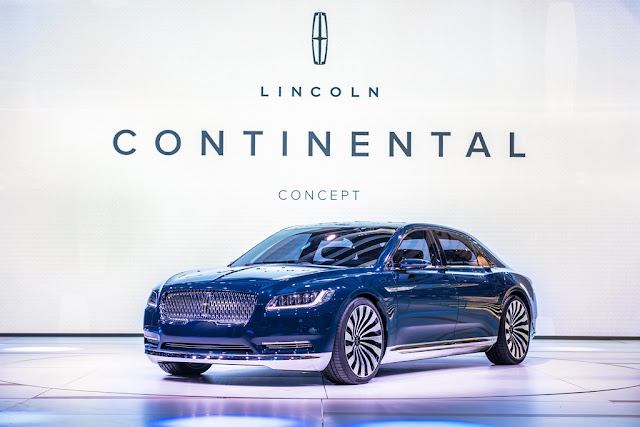Casting a closer look at instrument displays
By Bill McLauchlan
Choosing a new car follows a predictable routine. Enjoyable? Yes, but still sticking to a time worn process. Probably suitable candidates get scoped out at an auto show or in a dealer’s showroom. Specs are checked, prices compared and a particular model’s styling wins you over. After sitting in it and checking out the interior a short road test usually follows, where performance, handling, braking, visibility, room and ride comfort are assessed.
Pretty standard stuff, right? Yup, but typically overlooked in the “buzz” one gets from a test drive is instrument panel legibility, an issue that should become a key focus as you approach the big 5-0 or have passed beyond.
| Illustration: Newspress |
And let’s face it, the latest IP designs tend to have more in common with your iPhone than in uncle Buck’s old Ford. In today’s complex driving environment its vital to constantly monitor what’s going on outside and inside the car and react appropriately. As we get older, our ability to process information – and react to it – tends to slow down. Getting, and keeping, a clear picture of what’s going on is more important than ever. So, keeping an eye out for a legible, easy-to-read in the blink of an eye panel read-out should be added to the road-test checklist for the maturing motorist.
One feature to watch for is a good choice of font (type style) that optimizes visual information across all aspects of the vehicle interior, from instrument clusters (dials and gauges) to telematics displays, head-up displays, audio systems, mapping and diagnostic presentations.
While the link between font design and readability may be obvious on the face of it, it hasn’t always been so for automakers.
 |
| Photo: Newspress |
It’s one thing to have an instrument layout with good design elements but external issues, such as sun glare, can markedly impair your ability to see and make sense of the vehicle’s controls and panel displays, especially at sunrise and sunset when heightened glare is most prevalent. At least one automaker has seen the light and is working to minimize this problem.
Ford Motor Co. has set up a Visual Performance Evaluation Lab, or “lighting lab” as insiders call it, to replicate just about any combination of light and weather conditions you’re likely to run into on a daily drive.
 |
| Photo: Courtesy Ford Motor Co. |
 |
| Photo: Courtesy Ford Motor Co. |
“The first time a buyer sits in the Mustang, that person will be able to see the interior as the designers originally envisioned it – in the best light possible,” claims Mahendra Dassanayake, a lighting technical specialist with Ford. “Whether the car is parked outside or (sitting in a dealer showroom), whether it is a bright, sunny day, or overcast and snowing, the materials and controls in the Mustang will be both visually satisfying and highly functional.”
To assess their clarity and legibility, gauge clusters, head-up displays, climate controls, nav systems, audio and infotainment systems, in the complete car or as individual design components, are placed centrally in the Lab’s circular confines. Then, a quartet of powerful 1,500-watt lights, mounted on a moveable steel arm, is switched on. By moving the arm to specific points on the circle’s rim, adjusting the spotlights and controlling floodlights in the ceiling, light conditions for any time of day can be simulated. Additionally, the dome-mounted lighting is employed to duplicate varied weather conditions from bright sun to complete cloud cover.
The job of good type design plus a good job in the way a car’s instrument panel is designed can help make it a lot easier for you to do a better job of processing, and acting on, vital visual information. And that can’t be bad. It’s worth a good, close look next time you take a new car out for a trial spin.












